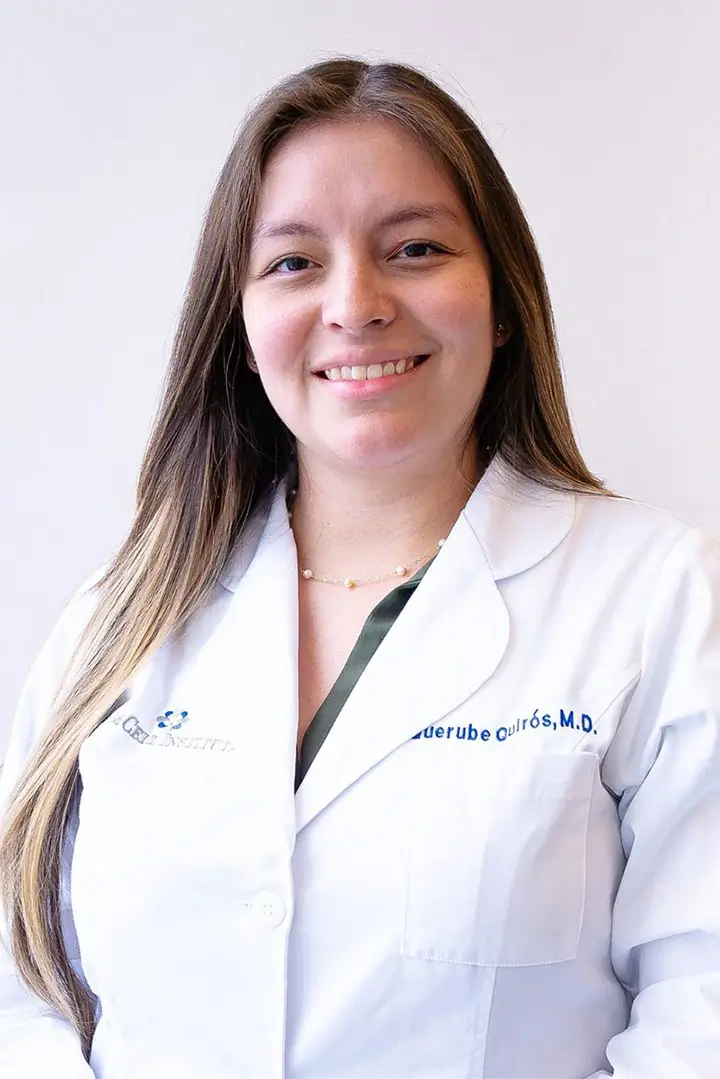Immediately following birth is the only time cord blood cells can be collected. This means that the number of genetically unique cord blood stem cells is limited to the quantity obtained at this single point in time. Researchers are developing methods to stimulate stem cells to divide and increase in number while retaining their primitive state to allow for multiple uses and also to increase their capacity for transplantation in adolescents and adults. The process is called stem cell expansion.
For the patient to use their own cord blood samples for more than one treatment as well as improve transplant outcomes, stem cell expansion is an important tool. The science of using the body’s own cells to repair or replace damaged tissues and organs is refered to as regenerative medicine. And stem cell expansion is important to the advances in this field, which will likely increase the number of diseases that cord blood stem cells are able to treat as a result.
Several expansion studies and clinical trials are underway, even though expanded stem cells are not yet approved for medical use in humans. One or many of the methods will eventually be available with an emerging number of expansion techniques succeeding in vitro and in animal models.
In fact, successful and reproducible results can be achieved in cord blood stem cell expansion as indicated in published research. In one study, the number of stem cells in culture were expanded 389-fold using isolated primitive embryonic-like stem cells from cord blood. In another study, researchers isolated stem cells from cord blood using cell surface markers and expanded the number of stem cells in culture up to 723-fold.
More than 6,000 men, women and children are searching the NMDP registry on any given day according to the National Marrow Donor Program (NMDP). Even more patients, including adults could be treated by expanding the volume of stem cells available in a cord blood unit. Families who initially opted for private banking could use their cord blood stem cells for multiple treatments, this could potentially facilitate the donation of a portion of their cord blood sample to patients in need.
A number of clinical trials are currently being conducted to evaluate the use of expanded cord blood stem cells in humans.
In an international multi-centered trial, the first patient received a transplant of stem/progenitor cord blood stem cells in combination with non-expanded cells from the same unit in November. For hematological malignancies, including leukemia, and lymphoma, the trial will assess the safety and efficacy of expanded cord blood transplantation as a treatment.
The applicability of stem cell expansion in human cord blood transplants is being evaluated in other trials as well. Three such trials have been noted below.
-27 patients with malignant and nonmalignant disorders werte treated using expanded cord blood stem cells by investigators at Duke University Medical Center. The patients demonstrated the safety of this cell expansion technique for clinical use and exhibited durable long-term engraftment.
-The promising role cell expansion may hold in adult transplantation was demonstrated in another trial involving two adults with chronic myelogenous leukemia. Rapid engraftment was observed after receiving expanded cord blood transplants in the two patients at Hackensack University Medical Center in Hackensack, New Jersey.
-Another trial demonstrates the feasibility and safety of treating patients with high-risk malignancies using expanded cord blood stem cells. In a study at the University of Colorado, thirty-seven patients with blood or breast cancer received expanded cord blood transplants.
An indication of the scientific importance of stem cell expansion is made clear by the increasing number of institutions that are actively pursuing these new technologies. Expansion technologies may be available to more patients in the future given the positive results seen in studies thus far.

